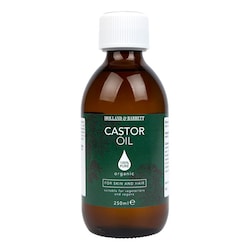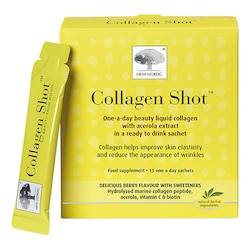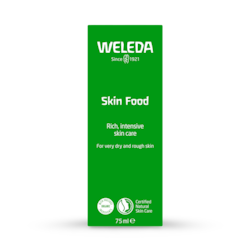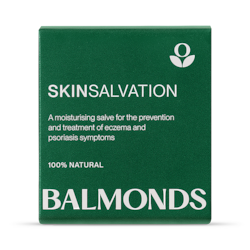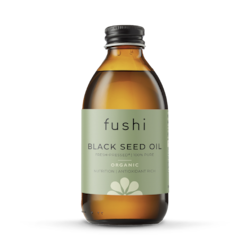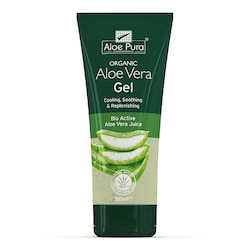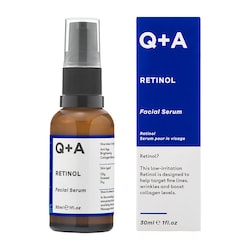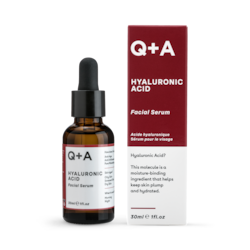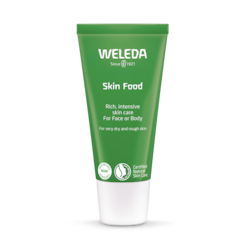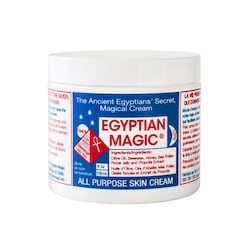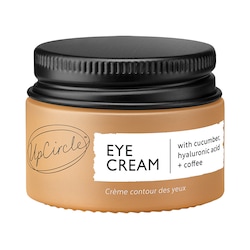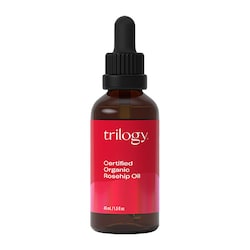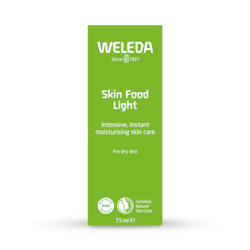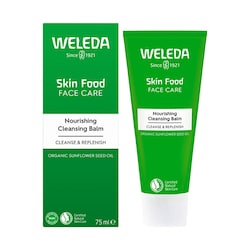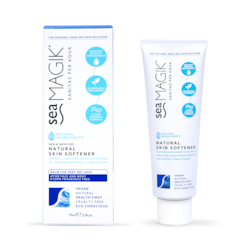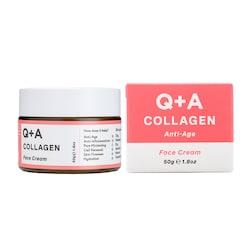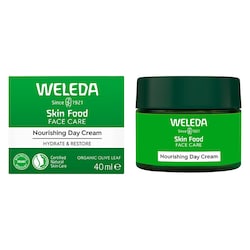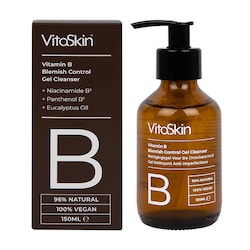20% off £30
Why do we get stretch marks?

Let’s talk stretch marks. Because pretty much all of us, men, women, children can get them and most of us have them.
What are stretch marks?
They’re streaks or lines that appear on our skin. These marks happen to stand out a bit because they’re a different colour. They can be purple, bright pink, light grey, or a variation of these colours, and when you touch them, they can feel slightly ridged or indented.
You can get stretch marks in lots of different places, ranging from your stomach and thighs and buttocks, to your upper arms and breasts.1
What do stretch marks look like?
They don’t look exactly the same on everybody. Some are long, some are short, some are bumpy, some are smoother, some are itchy. You can have red stretch marks, grey/white stretch marks, uneven and dimply stretch marks…see what we mean?
Stretch marks can look uneven, they can look bright red/pink (they usually start off looking darker and fade over time)2 ….as well as grey. They can appear on the buttocks/thigh area:
What is the cause of stretch marks?
As for what causes stretch marks, they’re most commonly caused by sudden growth spurts or rapid weight gain or loss.3 They’re formed by a combination of skin stretching and increased levels of the hormone, cortisone, which can result in skin losing its elasticity.4 You’re more likely to get them if you are:5
- Pregnant – stretch marks are a special reminder for women of how wonderful their bodies are, and just what they’ve achieved – creating, carrying and bringing another little being into the world
- Going through puberty – which is usually the time when people experience sudden growth spurts
- Female – stretch marks are common in pregnancy, around 8 out of 10 pregnant women are said to develop them while carrying6
- Overweight – due to the skin being overstretched, which can lead to the middle layer of skin (dermis) getting stretched out and breaking in places7
It’s not uncommon for people to develop stretch marks if they’re using certain types of steroid creams and tablets, and if stretch marks run in their family.
Can you get rid of stretch marks?
- Applying retinoid creams or hyaluronic acid to the area: Can potentially help with new stretch marks, but shouldn’t be used if you are pregnant. 2
- Using light or laser treatments: Which include pulsed dye therapy on newer marks and fractional photothermolysis on smaller areas of skin, and excimer laser, which stimulates melanin production.3
- Having microdermabrasion: Which involves removing a thin layer of skin and can potentially be effective at helping reduce the appearance of older stretch marks. This is usually done by a dermatologist, but it’s also possible to do this at home (more on this below).4
- Moisturising your skin: Can help relieve the itchiness of stretch marks, which can be experienced with some, not all, marks.5
- Using self-tanning lotion: Is a way of minimising the difference between your stretch marks and natural skin colour.
On top of this, there are some natural remedies you can use to help improve the way your stretch marks look and help them along the way. Here’s three of them:10
Natural remedies
1. Sugar scrubs
- Mix one cup of sugar with ¼ cup of almond oil or coconut oil, so that it has the same consistency of wet beach sand.
- Add some lemon juice.
- Gently scrub the mixture on to your stretch marks for 8 to 10 minutes
2. Aloe vera
It’s not been clinically proven as a stretch mark remedy however, it is widely renowned for its skin softening abilities. Apply aloe vera directly from a plant to your stretch marks after you bathe. (For the lowdown on aloe vera read, ‘Aloe vera: benefits, dosage, side effects.’)
3. Coconut oil
Like aloe vera, coconut oil is a great for moisturising skin and when applied to stretch marks, can help soften the skin and help reduce their visible appearance. (For more on coconut oil read, ‘10 things you can use coconut oil for.
- https://www.healthline.com/health/stretch-marks
- https://www.nhs.uk/conditions/stretch-marks/
- https://www.nhs.uk/conditions/stretch-marks/
- https://www.healthline.com/health/stretch-marks#causes
- https://www.nhs.uk/conditions/stretch-marks/
- https://www.nhs.uk/conditions/pregnancy-and-baby/stretch-marks-pregnant/
- https://www.nhs.uk/conditions/pregnancy-and-baby/stretch-marks-pregnant/
- https://www.nhs.uk/conditions/stretch-marks/
- https://www.healthline.com/health/stretch-marks#home-remedies
- https://www.healthline.com/health/home-remedies-for-stretch-marks#hyaluronic-acid


